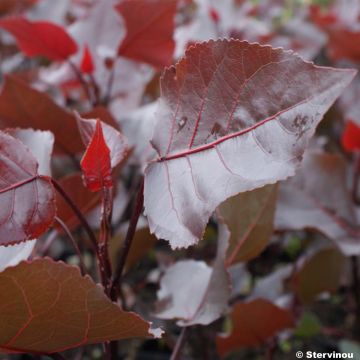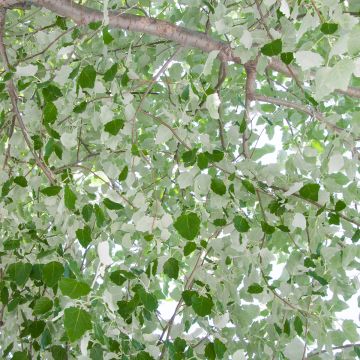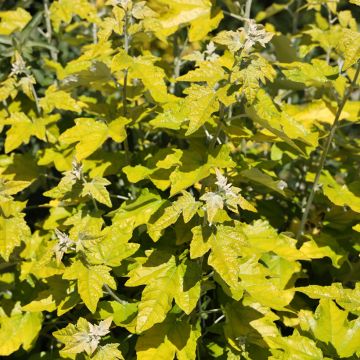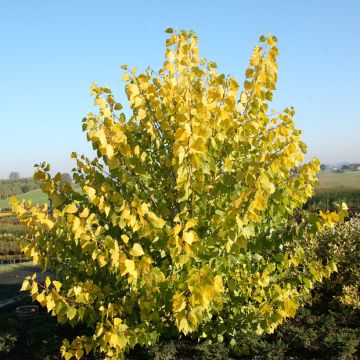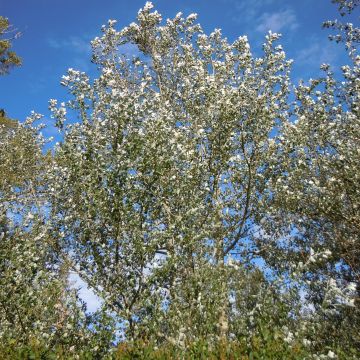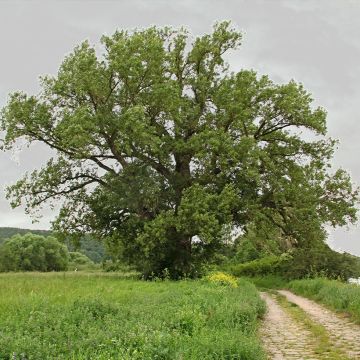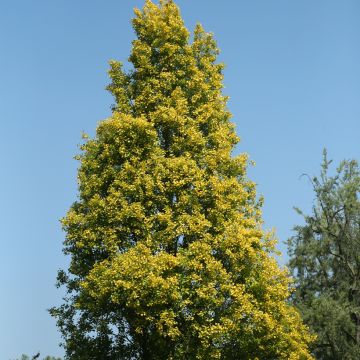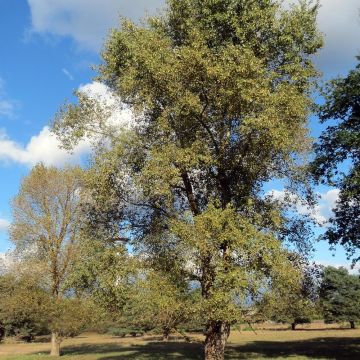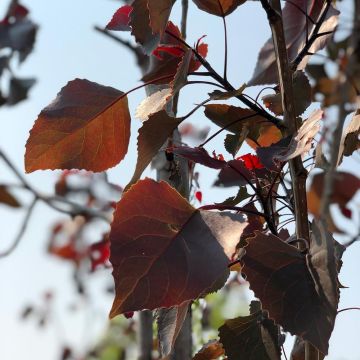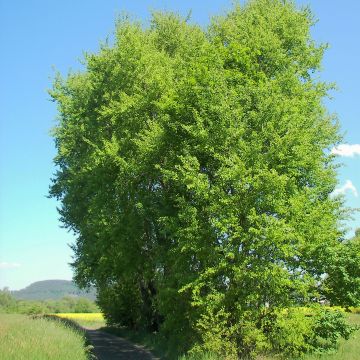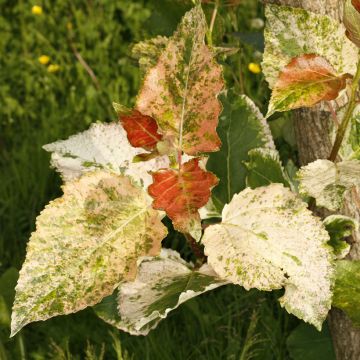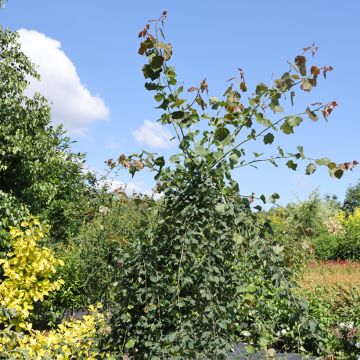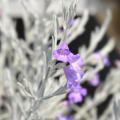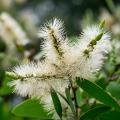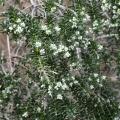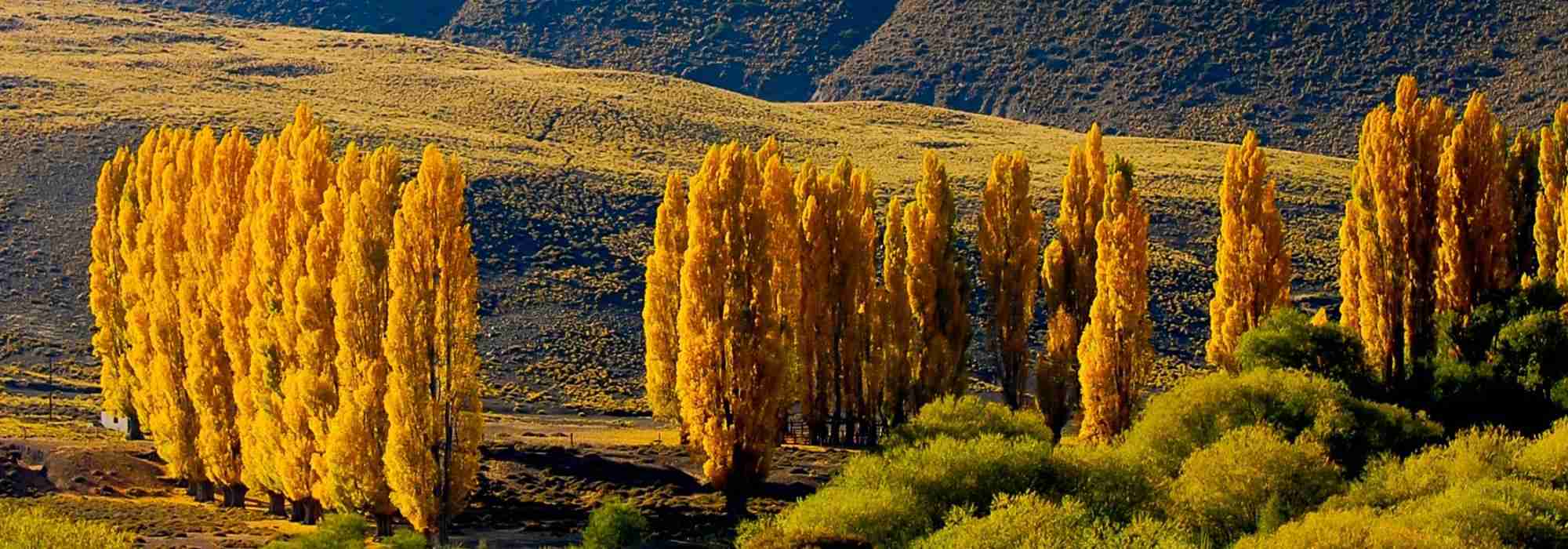Populus - Poplar
Would this plant suit my garden? Set up your Plantfit profile →
Available in 3 sizes
Available in 1 sizes
Available in 1 sizes
Available in 1 sizes
Available in 1 sizes
Available in 2 sizes
Available in 1 sizes
Available in 1 sizes
Available in 1 sizes
Available in 1 sizes
Available in 1 sizes
Available in 1 sizes
Available in 1 sizes
Poplars, of the genus Populus, are tall and elegant hardy trees, with a slender habit and deciduous foliage, belonging to the Salicaceae family like willows. Like the Italian Poplar, Populus nigra var. italica, their significant height makes them suitable for large spaces. Poplars generally prefer moist to wet soils and the proximity of watercourses, where their slender silhouette, as well as the colour of their foliage, often remarkable, can be seen from afar. For example, the Purple Poplar, Populus deltoides Purple Tower, superb with its almost black purple leaves or its cousin, the Populus alba Nivea, whose lower surfaces of mature leaves, young branches, and juvenile cottony leaves exhibit a strikingly white appearance.
The poplar blooms in spring, in the form of catkins that release a large quantity of silky seeds. They can accumulate like snow, in white carpets. Poplars are very useful for creating rural hedges and windbreaks. However, their root system is underdeveloped compared to the height of their vegetation: it is not uncommon for storms to uproot and topple them. Therefore, it is advisable not to plant them near dwellings.Haven't found what you were looking for?






































